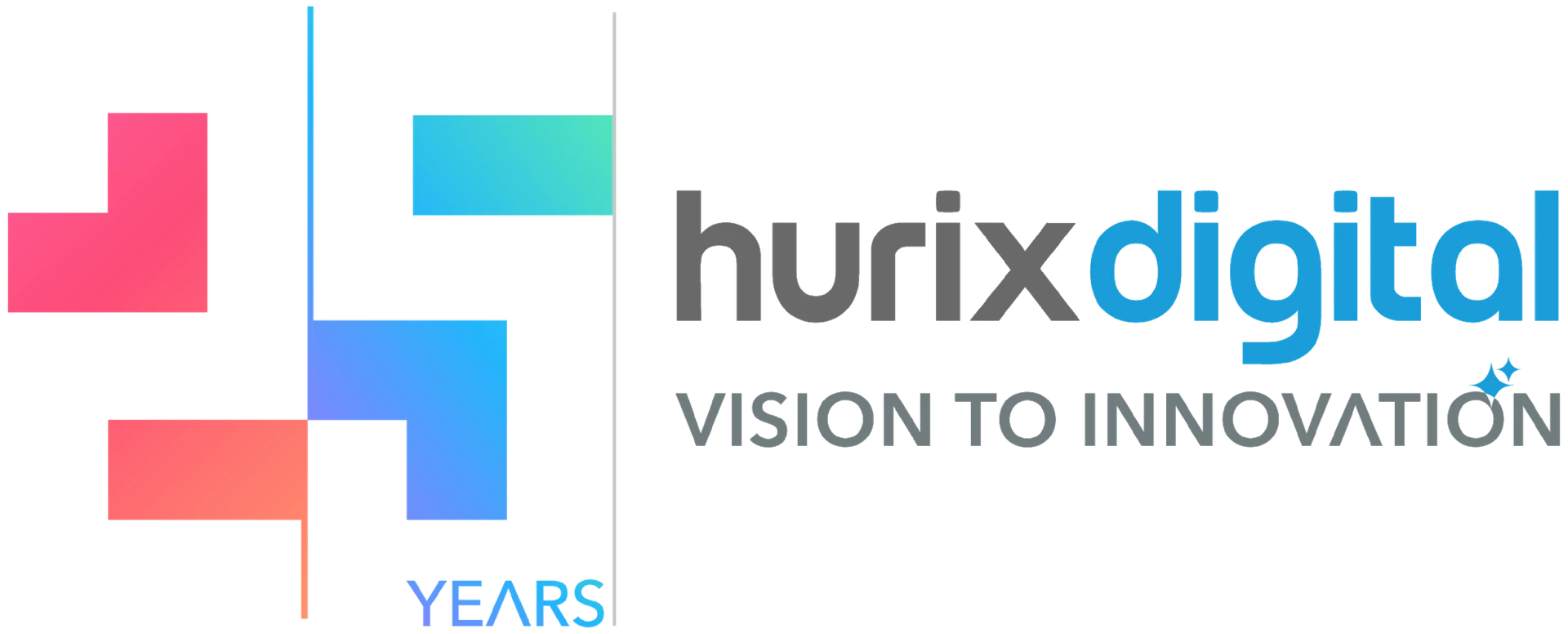
7 Steps to Enhance ROI through Effective Fact-Checking Solutions
Summarize with:
Maximizing ROI involves courses that return maximum benefits on resources invested in terms of time, money, and effort. Time to market refers to the pace at which a course is produced and then launched to learners.
By reducing the time taken to fact-check the content, the course can be produced and launched much quicker, giving the organization a competitive advantage.
Efficient fact-checking solutions verify the accuracy of the information in the course material. They ensure that the content is reliable and trustworthy, error-free, and without causing delays in development.
Let us learn more about the relevance of fact-checking solutions and how streamlined course uplift services can help in effective course development!
Table of Contents:
- Relevance of Fact-Checking Solutions in Course Development
- Step-by-Step Process to Establish Fact-Checking Solutions Efficiency
- Step 1: Establish Clear Content Standards
- Step 2: Introduce Fact-checking in Content Creation
- Step 3: Use Automated Fact-Checking Tools
- Step 4: Create a Reliable Source Database
- Step 5: Conduct Parallel Fact-Checking and Creation of Content
- Step 6: Focus on Critical Content
- Step 7: Ongoing Process Review and Improvement
- Best Practices to Introduce Efficient Fact-Checking Solutions
- Conclusion
Relevance of Fact-Checking Solutions in Course Development
The market value of eLearning globally by the end of 2024 will be about $185.20 billion. Fact-checking is now a core priority of the institution, which goes hand in hand with content creation and ensuring quality in education.
Efficient fact-checking ensures accuracy and leads to more satisfying educational experiences among students, thus improving online learning outcomes and retention.
Implementation of automated solutions results in a 30% reduction in content production time to market and a 15% decrease in implementation costs while maintaining or even improving accuracy.
Studies have shown that students in courses in which content was stringently fact-checked improve their performance significantly. They show more interest and believe in the credibility of such materials. Hence, good fact-checking practices may boost better academic performance.
Also Read: The Impact of Web Accessibility on Higher Education Experiences
Step-by-Step Process to Establish Fact-Checking Solutions Efficiency
Fact-checking is, as a matter of fact, the bedrock for digital times when efficiency and accuracy have become the keys to course development. Here’s how you can do it:
Step 1: Establish Clear Content Standards
Establish clear guidelines on the accuracy, relevance, and depth of the content before the actual creation process. This will help make your content credible for course development and will also give constructive direction to all fact-checking efforts.
Create a checklist of the relevant data points, references, and topics that need to be fact-checked to ensure consistency throughout the process.
Step 2: Introduce Fact-checking in Content Creation
Rather than viewing fact-checking as a post-creation activity, integrate fact-checking across the content creation process. Authors, content creators, publishers, and fact-checkers work together to identify information to be verified early on in the process.
Provide milestones for fact-checking, such as at the completion of the first draft or key completed modules of work, to lower the cost of catching mistakes when they are easier to correct.
Step 3: Use Automated Fact-Checking Tools
Implement the solution of AI-powered tool solutions or automatic fact-checking software to increase the speed. Such a tool would scan the content for inconsistencies, false information, or unreliable sources, saving human effort and enhancing speed.
Combine automated or other technological courseware tools with human oversight to catch errors that technology may miss and ensure thoroughness without sacrificing speed.
Step 4: Create a Reliable Source Database
Create a centralized database of pre-approved, reliable sources against which your content developers and fact-checkers can cross-check. This will save time spent searching for reliable information and ensure that consistent and quality references are provided throughout the course.
Always update your database regarding fresh resources, peer-reviewed journals, and expert views to ensure accuracy.
Step 5: Conduct Parallel Fact-Checking and Creation of Content
Fact-checking is integrated as part of the development process, not as an afterthought after the course. Since this is a parallel process, the completion times can be faster because both go parallelly without bottlenecks at the tail end of the project.
Divide fact-checking solutions into sections to ensure that various parts of the course are being reviewed simultaneously and keep the flow general.
Step 6: Focus on Critical Content
Identify the course’s key parts and focus fact-checking efforts there first. Consider proceeding with the course with focused, critical parts being checked.
Use multi-level fact-checking, in which the high-impact parts are scrutinized the most, while less critical sections are reviewed at a swifter pace.
Step 7: Ongoing Process Review and Improvement
After a course is created, revisit what went well about the fact-checking and what did not. Revisit how long it took to do fact-checking, where bottlenecks might have occurred, and through what paths of communication between teams.
Best Practices to Introduce Efficient Fact-Checking Solutions
Fact-checking helps effectively to guarantee accuracy, credibility, and quality within course development. The following are some best practices and tips to help optimize an institution’s fact-checking processes during course development:
1. Development of Clear Fact-Checking Processes
The company needs to develop an explicit manual or handbook that articulates procedures for data verification, statistics, references, and educational specifications.
Functions and responsibilities are clearly outlined for every staff member involved, such as authors/originators of content, editors, and fact-checkers, to make sure that the events that unfold regarding fact-checking are neither duplicated nor left out.
2. Training and Professional Development Provided
Regular workshops and certification programs improve fact-checking performance through ongoing professional development. Training in evaluating sources and methods to avoid misinformation fosters an important culture of continuous online learning and improvement.
3. Cultural Development
It is important to monitor and understand how well fact-checking is being done. Furthermore, feedback mechanisms, through which students and trainers report inaccuracies, further enhance the reliability of the course content.
Rewards for maintaining high standards of accuracy might motivate teams to uphold such values continually.
4. Smoother Communication Channels
Centralized communication platforms enable all project discussions to be searchable and available to relevant team members. Detailed logs of revisions and fact-checking activities support progress tracking and help refer to future projects.
Project managers in charge of the fact-checking process may also help facilitate efficient communication and workflow.
5. Prioritization of High-Impact Content
Institutions must focus fact-checking solutions on course modules that are critical, interactive, accessible, multimedia-enriched, foundational, or have large implications if they are wrong.
Every institution must conduct a risk assessment that considers the potential impact of errors in various content areas and supports prioritizing fact-checking based on the severity of potential misinformation.
6. Inter-Department Collaboration
Interdisciplinary collaboration will provide an avenue for critical reviewing to ensure that more accurate and deeper reviews are made. Sharing resources between departments, like the database and expert network, allows a more in-depth fact-checking.
Also Read: Using AI for Innovative Curriculum: A Guide for Educational Leadership
Conclusion
Integrating a fact-checking solution is among the key best strategies in creating high-value educational content. With these best practices and tips, an organization can ensure the accuracy of courses, reduce time to market, and thus have a better ROI.
Collaborate with Hurix Digital and understand how efficient fact-checking solutions hold the key to success in course development.
With the help of experts, ensure factual correctness without compromising on the rate of production, which can eventually improve returns on investment and maintain relevance in the markets.
Get in touch with us today!
Summarize with:

Senior Vice President
A Business Development professional with >20 years of experience with strong capability to sell new solutions and develop new markets from scratch. New Market Entry Specialist with experience working in the largest emerging markets. Exceptional experience in conceptualizing, ideating and selling new learning technologies like VR AR, etc. across multiple industry verticals.
 A Space for Thoughtful
A Space for Thoughtful 



